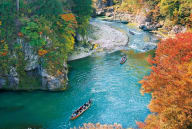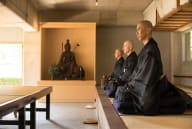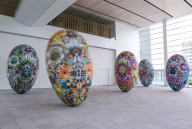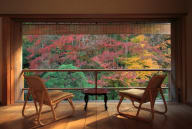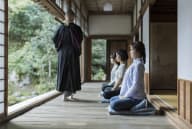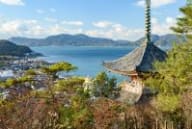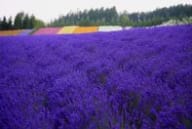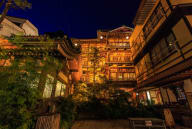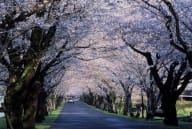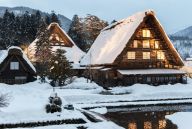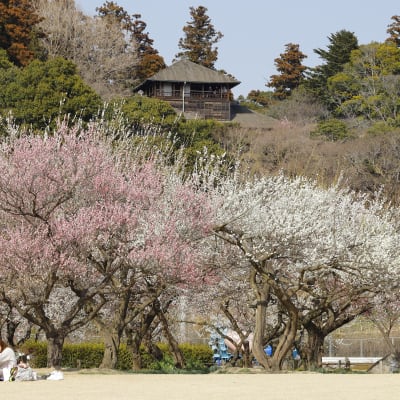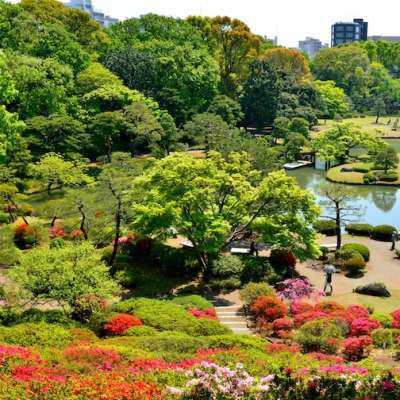-
- 简体中文
- 繁體中文(香港)
- 繁體中文(臺灣)
- India (English)
- Bahasa Indonesia
- 한국어
- ภาษาไทย
- Tiếng Việt
- Singapore (English)
- Philippines (English)
- Malaysia (English)
- Australia/New Zealand (English)
- Français
- Deutsch
- Italiano
- Español
- United Kingdom (English)
- Nordic countries(English)
- Canada (English)
- Canada (Français)
- United States (English)
- Mexico (español)
- Português
- العربية
- Japan(日本語)
- Global (English)
-
Destinations
-
Things to Do
-
Plan Your Trip
-
Articles
- JAPAN Monthly Web Magazine
- Tradition
- Arts & Cultures
- Cuisine
- Nature & Outdoor
- Shopping
- Relaxation
- Festivals & Events
- All
- Insider Blog
- Things to do
- Local Guides
- Outdoor
- Food & drink
- City life
- Culture
- Traditional
- Adventure
- Consumer
- All
Use the
Planning a Trip to Japan?
Share your travel photos with us by hashtagging your images with #visitjapanjp
Kanto
Garden Adventure Around Kanto in 4 Days
Co-adaptation
Photo copyright: 写真提供:公益財団法人東京都公園協会

This four-day journey explores the deep-rooted culture of gardens in the Kanto region, from historic daimyo gardens and temple precincts to communities shaped by horticultural tradition. It reveals how green spaces sustain both cultural heritage and modern cities, tying into the GREEN×EXPO 2027 subtheme of Co-adaptation by showing how gardens adapt to changing times while continuing to shape human environments.
Day 1: Stroll through a historic garden in Ibaraki
Travel about three hours from Yokohama Station to Kairakuen in Mito, Ibaraki Prefecture. One of Japan’s three great gardens, Kairakuen was one of the first public gardens, designed to be enjoyed by all people. It is especially famous for its plum blossoms.

After strolling the grounds, spend the night in Mito, leaving time to enjoy its art scene and temples.
Day 2: Discover bonsai culture in Saitama
Start the day by taking a two-hour train ride to Omiya Bonsai Village in Saitama City, where generations of bonsai growers have refined the art of cultivating miniature trees. Visitors can explore several bonsai gardens and the Omiya Bonsai Art Museum, the world’s first public museum dedicated to bonsai culture.

After exploring this ancient craft, travel to Tokyo for the evening.
Day 3: Old and new green spaces blend in central Tokyo
The next day, travel to Korakuen Station and walk around Koishikawa Korakuen Gardens, a strolling garden from the Edo period (1603–1867) that blends Japanese and Chinese design elements.

In the afternoon, travel about 30 minutes by train to Miyashita Park in Shibuya, a redeveloped urban park space integrating greenery, shopping, and dining. Spend the night in the area while exploring central Tokyo.
Day 4: Discover the root of Zen in Kamakura
On the final day, travel about an hour and a half by train to Kenchoji Temple in Kamakura, the oldest Zen training monastery in Japan.

Its expansive grounds include temple gardens that embody Zen aesthetics and exemplify the principle of “borrowed scenery” by incorporating the surrounding landscape into its design. The temple continues to serve as a center of Zen practice today.
You May Also Like


©Expo 2027
- Home
- Green Expo 2027
- Model Courses
- Garden Adventure Around Kanto in 4 Days

















